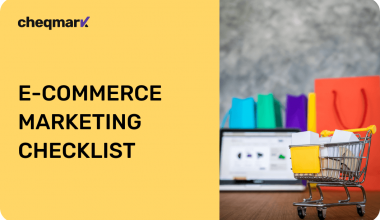In today’s digital age, the possibility of creating and selling digital products opens doors to broader industries with countless opportunities. Whether you are an expert or a beginner, this thorough guide will assist you in creating digital products to sell that resonate with your target audience and help you make money online.
What are Digital Products?
Digital products refer to goods or content in a digital format and can be downloaded or accessed online. This includes a wide range of digital content like e-books, online courses, audio files, software, stock photos, digital art, and virtual additions to video games.
Digital products business has an advantage over physical products as they don’t have any weight or limitations in terms of physical form. They can be easily duplicated and distributed, reaching a larger audience across the world with minimal effort and overhead cost. These products can be updated and improved continuously with the help of customer reviews and Google trends. Moreover, they can be personalized to individual needs and preferences, creating a unique user experience.

So, the next time you scroll through your favorite app or browse a digital marketplace, remember that you’re not just interacting with pixels and code. You’re engaging with a dynamic digital business world, offering a unique and valuable experience.
Benefits of Selling Your Own Digital Downloads
When you create and sell digital products, you’ll get numerous benefits. One of the biggest advantages is the potential for passive income, as you can sell the product multiple times without additional production costs. Furthermore, digital products have a global reach and high conversion rate, enabling you to access a vast market without physical distribution.
So, the idea of creating and selling digital products has a lot of benefits, and it’s not just because you’re dealing with intangible goods. There are many advantages worth exploring.
Unlike physical products that come with significant equipment and production expenses, launching a digital business requires very little starter investment that reduces budgeting for startups.
When you create and sell online, you have a global reach, allowing you to be a digital nomad with access to an international customer base without logistical barriers.
Once you create a digital product, you can endlessly sell it to potential buyers without additional production costs. The online product eliminates the need for manual labor tasks.
The business model of selling your own digital products gives flexibility in pricing, and selling options offer adaptability. Established products can generate passive income for the business owner while you can focus on other startup ideas.
Digital products have low production and shipping costs, which can lead to higher profit margins, making them more profitable businesses.
Types of Profitable Digital Products You Can Create
Finding a niche that aligns with your expertise and resonates with your target audience is a key component of building digital products. Especially with the huge scope of online business ideas. Here are some profitable types of digital products:
- Productivity Downloadable Product: Design templates, checklists, digital templates of planners, pre-designed layouts, downloadable printable templates, or worksheets that improve productivity.
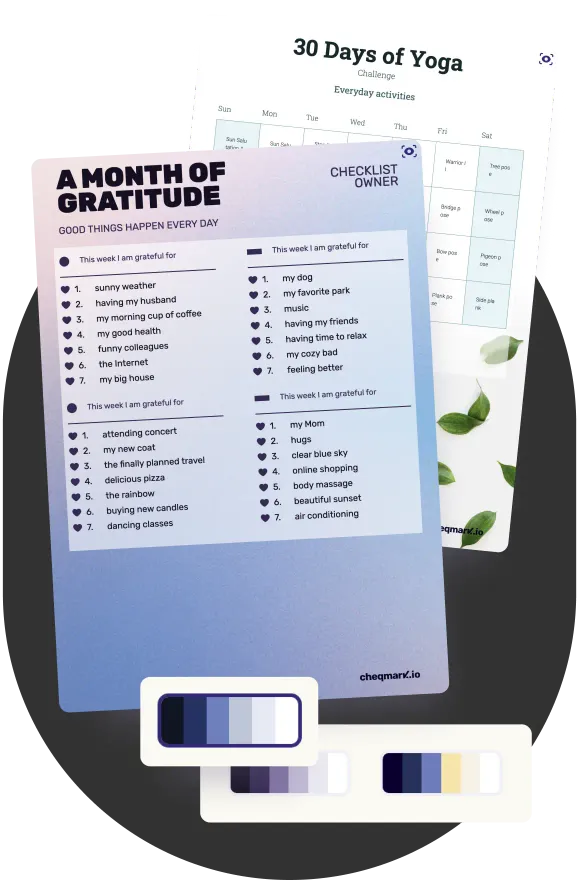
- Digital Art: Share your artistic talents by creating and selling unique digital artwork or illustrations as downloadable wall art, greeting cards, high-quality digital business cards, or graphic design elements. Collaborating with graphic design agencies can enhance the quality and appeal of these products, ensuring professional and cohesive designs that attract a wider audience.
- Memberships and Online Communities: One more easy digital product. To build an engaged community of customers, offer exclusive content and resources or industry forums access to members.
- E-books: They are popular types of products that relate to educational products. You can share knowledge, creativity, and entertainment through informative guides, captivating fiction, or comprehensive manuals in an online format.
- Online courses: Provide educational content through video courses, text, or interactive modules catering to various learning styles. This type of digital product combines a personal trainer’s expertise in the digital realm, teaching skills, hobbies, or knowledge and creates the best skill-developing journeys.
- Stock Photos and Videos: Free video editor tools are essential for refining and customizing video content to meet specific project needs. Your high-quality photos and stock footage are products that are in high demand for sale. During the creative process, graphic designers and other content creators need royalty-free stock photography and videos to enhance their projects. Video editing software and techniques are crucial in refining and polishing these visual elements, ensuring they seamlessly integrate into the final product.

- Music and Audiobooks: Other examples of digital products. The recordings that can be downloaded and enjoyed on different devices. These digital files come in different genres and literary works, allowing users to personalize their experience with sound effects, whether the applause of a live concert or the ambient sounds of nature in an audiobook.
- Software and Apps: Develop the best of the plenty of tools on the market to service businesses or individuals that solve a specific problem or enhance productivity.
How to Create Digital Products Online: A Step-by-Step Guide
When you make digital products, you need strategic planning and dedicated effort. Here’s a step-by-step guide to help you through the digital product creation process:
Step 1: Identify Your Ideal Customer and Validate Your Idea
Before asking how to create digital products to sell, you must ask yourself who your target audience is and what needs they have. This will help you develop a product that connects with your potential customers.
Start by defining your buyer persona, considering their demographics, interests, pain points, and online behavior. This will help you create a product tailored to their needs and interests. For example, on LinkedIn, you can analyze the market, build a customer database, and gain insights into your target audience and competitors.
Ensure that your product addresses a specific problem or challenge your target audience is facing. This will ensure that your product is useful and relevant to them.
Conduct market research to ensure there’s demand for your digital product. Validate your concept through surveys, social media polls, or pre-launch promotions.
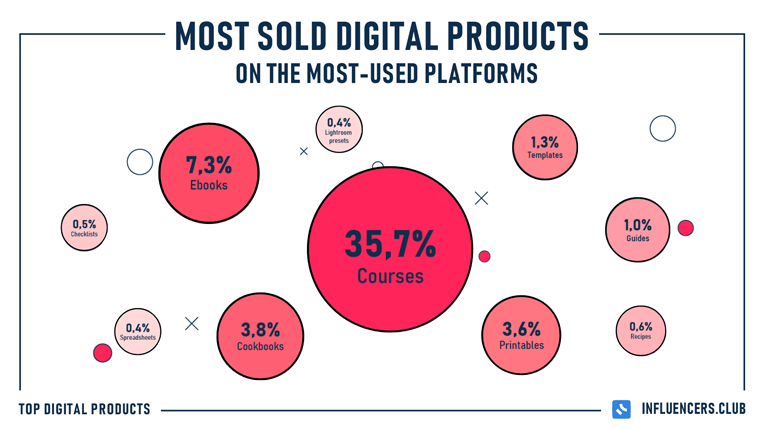
Conduct thorough market research to validate your idea and assess competition within your niche. This will help you identify any potential roadblocks and ensure that there is a market for your product.
Step 2: Choose the Right Tool for Creation
Explore platforms and tools that simplify the creation and distribution process. Choose reliable resources that align with your goals, from content creation tools to e-commerce platforms, digital marketplaces, and social platforms. Depending on your product type, explore suitable tools to create and deliver it effectively. For those building a business or managing brand collaborations, utilizing the best brand affiliate software can streamline partnerships and boost productivity.
Depending on your product type, explore suitable tools to create and deliver it effectively. Look at platforms like Etsy or Canva, Adobe Creative Suite, Teachable, Kajabi, or Google Docs can cater to various content creation needs.
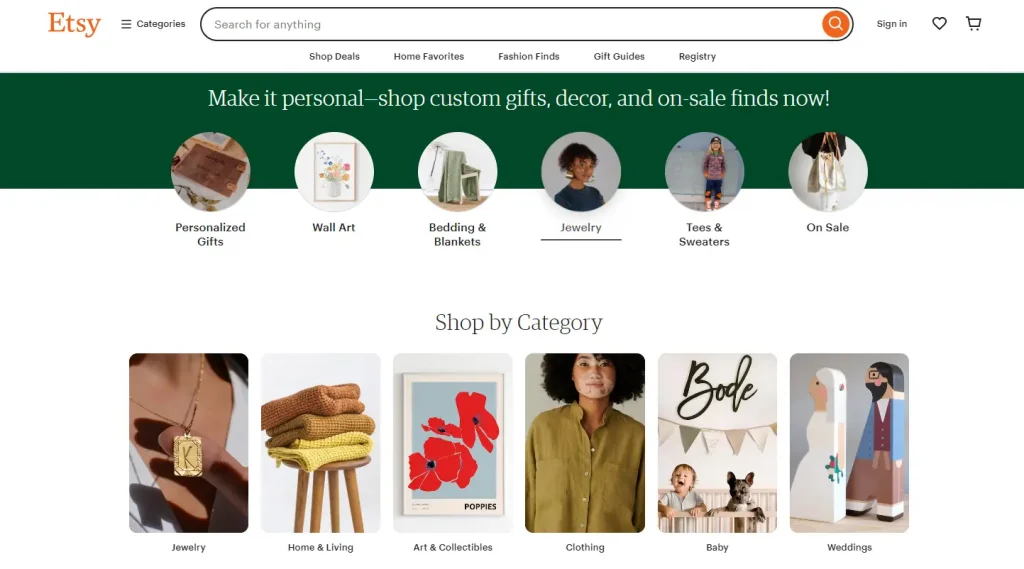
Step 3: Create High-quality Content and Value
Make sure to deliver exceptional value and quality in your digital product. Dive into the creation process, ensuring your content is valuable, engaging, and well-presented. Invest in high-quality visuals, built-in features, clear instructions, and user-friendly design to create an excellent user experience. Additionally, use some metrics to track how your content is performing.
Step 4: Set the Right Price and Pricing Strategy
When setting the price for your product, take into account your production costs, market research, and the willingness of your target audience to pay. Explore various pricing models, including one-time purchases, free trials, yearly subscriptions, or bundles, to determine the best approach for your product and target audience.
Step 5: Create a Landing Page and Sales Funnel
To boost your digital products to make more money, you must create a landing page that clearly communicates its value proposition and pushes visitors to purchase. Learn how to create visuals, concise descriptions, and a clear call to action to achieve this goal.
Additionally, integrate your landing page with an email marketing platform like Sender or Smartlead to capture leads and drive them through a sales funnel. To motivate purchases, offer valuable content, discounts, or early access.
Step 6: Promote Your Product Effectively
Your landing page is not enough to attract customers. You need to use a variety of digital marketing channels to promote your digital products.
For example, if your digital product is an app, use a QR Code generator to create a QR Code that directs users to its App Store or Google Play listing page. Similarly, identify channels to promote your digital products.
Use relevant social media platforms to share engaging content, connect with potential customers, and run targeted ads. Consider using free templates for creating social media posts to streamline your process and ensure your content is visually appealing and consistent. Create valuable blog posts, articles, or videos related to your niche. Run targeted ads on search engines. Build an email list of verified email addresses and nurture leads with informative cold emails, special offers, and product updates.
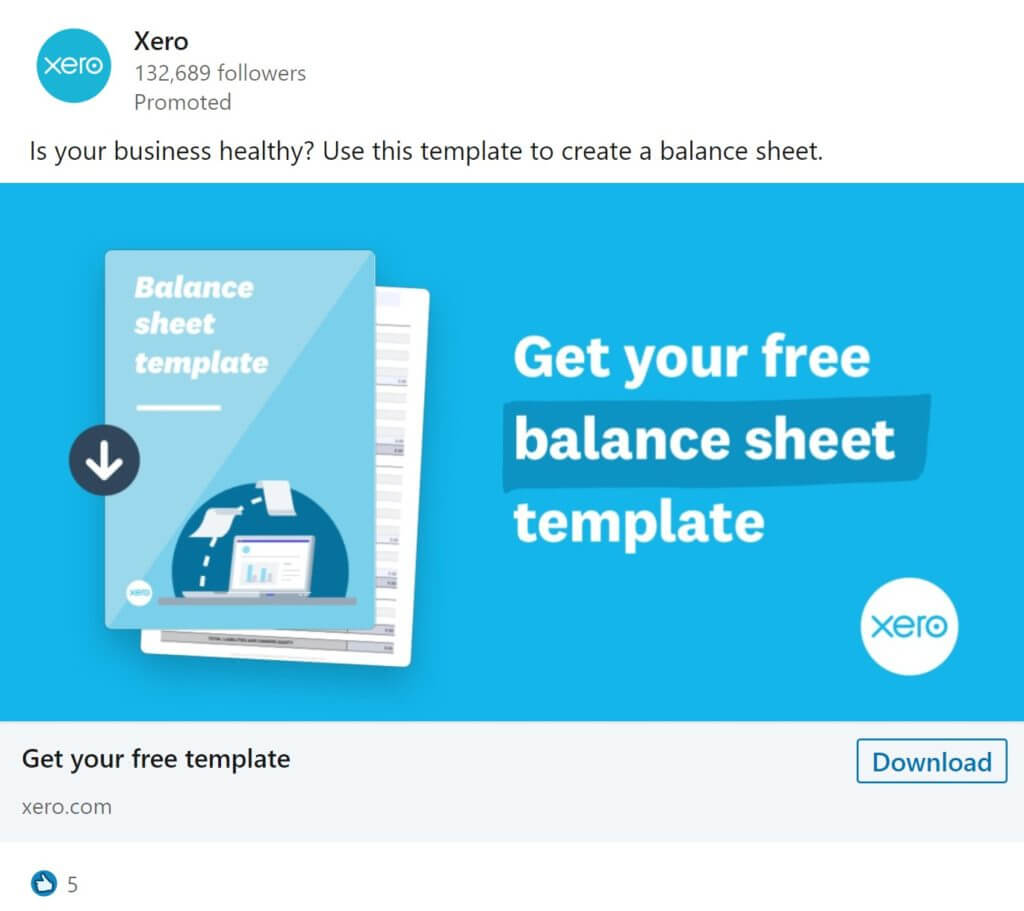
Also, use affiliate programs – collaborate with other creators or influencers in your niche to promote your product to their audience with affiliate links.
Step 7: Gather Feedback
Launch is just the first step. Continuously seek customer feedback through surveys, email, or social media to learn how to make digital products to sell. Analyze feedback to improve product, content, or marketing strategies. Keep refining to stay ahead and grow. Remember, customer satisfaction is key.
Step 8: Build Community
To establish a sense of community around your product, listen to their concerns and offer continuous support. You can create a forum, host webinars, or other collaborative features to keep your customers interested and encourage them to make repeat purchases.
Best Practices for Creating Digital Goods
Always focus on quality and value when creating content for your target audience. You should never compromise on the quality or value of your content. It is essential to go above and beyond to exceed your audience’s expectations and build trust through exceptional offerings.
You should ensure your product is easy to access, navigate, and use. Optimize delivery methods and provide clear instructions for download or use to make it as user-friendly as possible.
Delivering exceptional customer service is crucial. Respond promptly to customer inquiries, address issues efficiently, and offer friendly, helpful support to build loyal customers.
It is important to stay updated on trends. Stay informed about industry trends, especially video marketing trends to showcase your digital products in the most trendy way. Adapt your product features and marketing strategies accordingly, and keep your offerings relevant to your audience’s evolving needs.
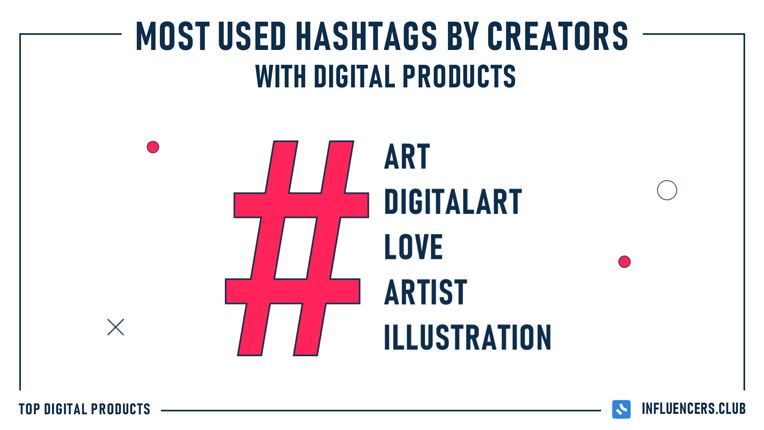
Optimizing for mobile is another key factor. Ensure your digital products are accessible and user-friendly on various devices, especially mobile phones and tablets.
Finally, it is important to have clear licensing. Clearly define the terms of use for your digital products to avoid any legal complications.
How to Successfully Launch a Digital Product Idea
Pre-Launch Strategy
Generate pre-launch buzz through targeted email campaigns using email newsletter software, social media teasers, and early access offers. You can tease your audience with sneak peeks, behind-the-scenes content, or limited-time offers to create excitement and anticipation. Finally, Develop an attractive landing page highlighting key features and benefits your digital products include to convert visitors into customers.
Launch Day
Launching a product can be daunting, so easily create social media noise to generate excitement.
Everyone loves a good deal. That’s why you should offer early-bird discounts. Also, in this way, you can encourage them to act and purchase. To further incentivize early adopters, consider offering special pricing or exclusive content.
Then, you can host a launch event or webinar. This is a great way to showcase your product’s features and benefits in a fun and interactive way.
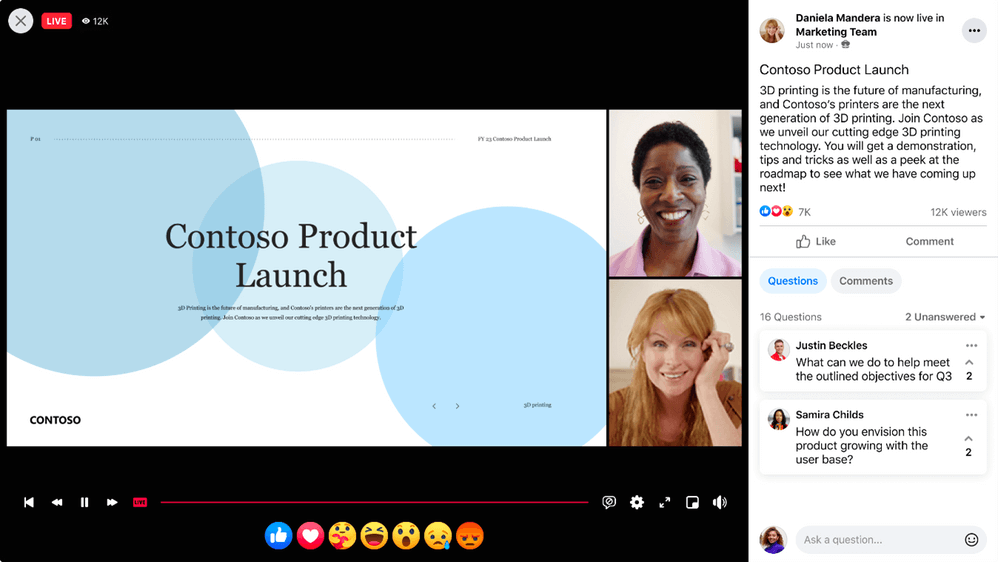
Post-Launch
To improve your digital products in the future, it’s important to seek feedback from your customers actively. Consistently marketing your product through various channels will help you sustain momentum. To reach a wider audience and leverage their credibility, consider collaborating with individuals or brands within your niche who are relevant influencers.
Tips for Selling Digital Products Online
1. Multiple sales channels: Don’t limit yourself to just one sales platform. To reach a larger audience, offer your product through your website, online stores, marketplaces, and social media platforms.
2. Run promotions: Offer occasional discounts or promotions to boost sales and attract new customers.
3. Offer upsells and cross-sells: Recommend complementary products to existing customers after their purchase to increase their average order value.
4. Optimize your payment process: Integrate secure and user-friendly payment options to minimize abandoned carts and ensure a seamless payment process.
Conclusion
Creating and selling digital products can be an exciting and lucrative business, but it requires a strategic and careful approach. By following these steps and implementing best practices, you can learn how to create digital products that not only meet the demands of the market, but also endure the constantly changing digital landscape.

